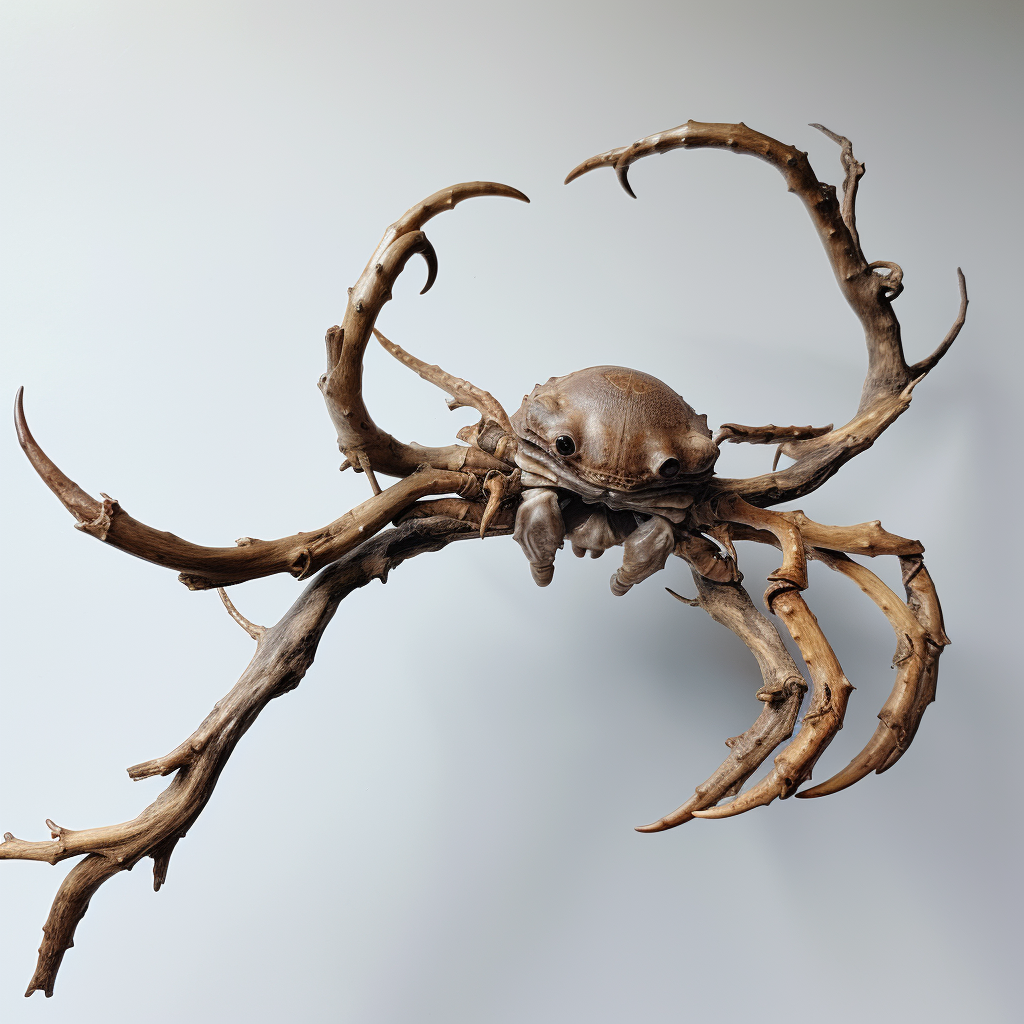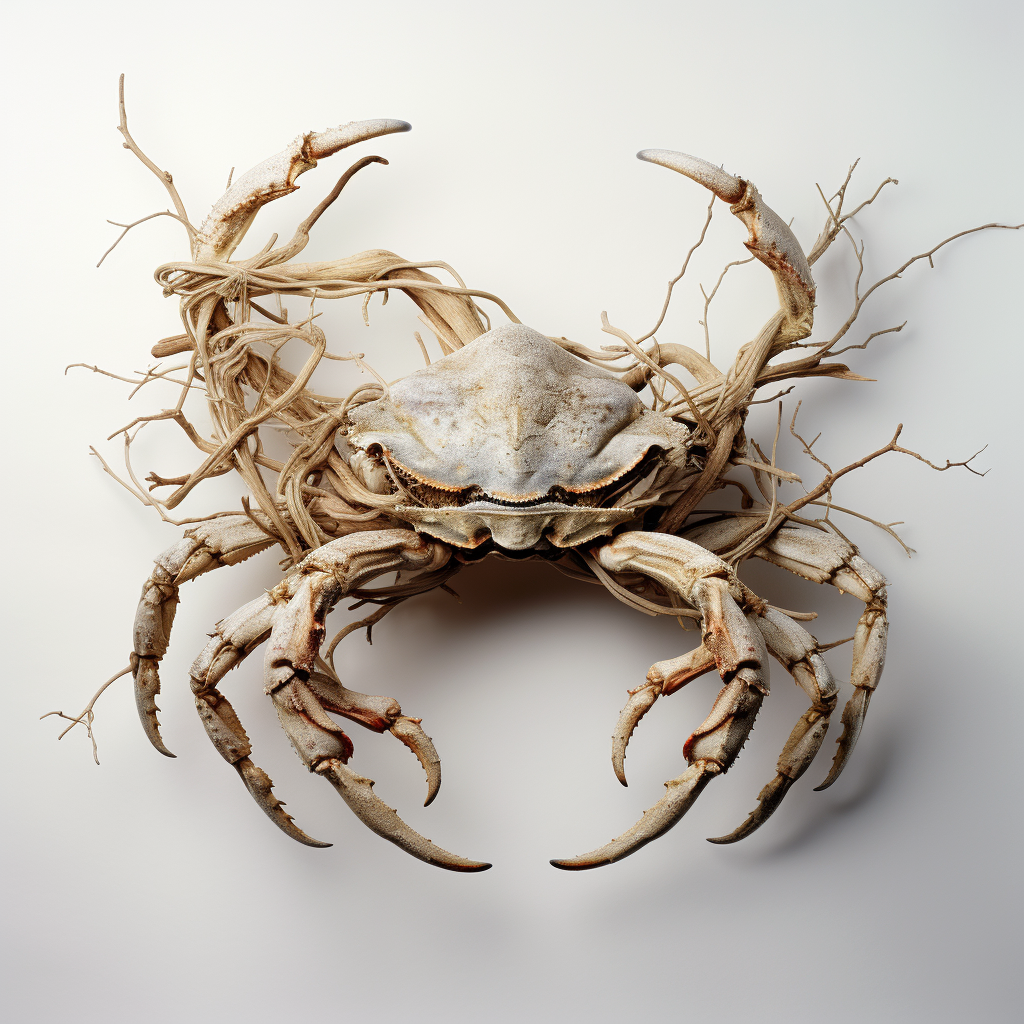Compendium Entry #5

Pick up a twig from any urban park. Examine it carefully. Now consider this: according to my research, approximately 8% of fallen branches in city environments contain biological markers indicating Twig Floral Forager presence.
Common Names: Twig Floral Forager, Twig Crab, The Bundle
Family: Reversocrabanidae (Reverse-Carcinization Crabs)
Genus: Urbacrabus (City Crabs)
Species: Floralisraptor (Floral Forager)
Variety: Virgula (Twig)
Description:
The Twig Floral Forager spans 5-10 inches, dimensionally matching local tree species’ typical branch segments. Microscopic analysis reveals extraordinary lignin production within their exoskeletons, creating genuine wooden structures indistinguishable from natural specimens. Their segmented limbs align perfectly with branch patterns, while specialized tissue allows bark texture replication down to microscopic fissures.


These creatures transcend simple camouflage through actual biological transmutation. Their bodies generate true woody tissue, complete with growth rings and cellular structures matching various tree species. Laboratory tests confirm their “wood” contains fully functional vascular systems, despite its crustacean origin.
Multiple classified military research facilities maintain “renewable resource” programs focused on these specimens. Through months of investigation, I’ve uncovered evidence of systematic harvesting operations. The military is experimenting with lightweight body armor, enhanced structural materials, and self-repairing fortifications. Ancient Native American accounts of “living bows” suddenly carry new significance.
Nocturnal activity patterns mask their complex social behaviors. Unlike solitary City Crab species, Twig Foragers form loose colonies, often arranging themselves to mimic fallen branch patterns. They consume bark-boring insects and wood decay fungi, simultaneously maintaining their cover and protecting their territory.



Urban parks, abandoned lots, and of course, military testing grounds harbor the largest populations. They show particular affinity for areas with mixed wood waste – construction sites, lumber yards, storm debris zones. The highest concentrations appear near classified research facilities with “forestry” programs.


